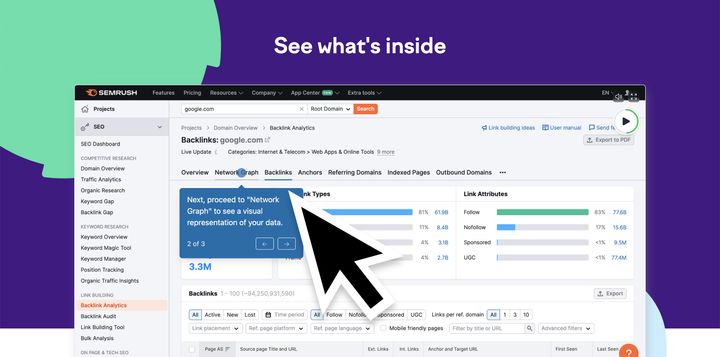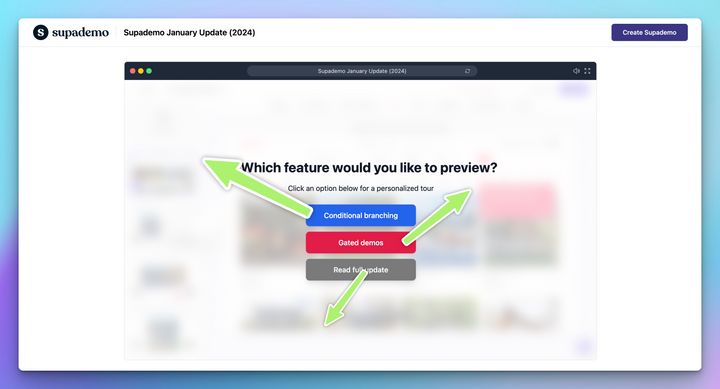Customer churn, the rate at which customers stop doing business with a company, is a critical metric that can significantly impact the bottom line of any business. High churn rates can be a sign of deeper issues with customer satisfaction, product fit, or market competition. This comprehensive guide will explore 14 effective strategies to reduce customer churn and foster long-term customer loyalty.
Understanding Customer Churn
Before diving into the strategies, it's crucial to understand what churn is and why it happens. Churn occurs when customers or subscribers stop using a company's products or services. The reasons can range from poor customer service, lack of engagement, to better offers from competitors.
14 Strategies to Reduce Customer Churn
- Enhance Customer Onboarding: A well-structured onboarding process helps customers quickly understand and get value from your product or service, reducing early-stage churn.
- Regular Customer Engagement: Keep your customers engaged through regular updates, newsletters, and personalized communication. Though you don't always have to send personalized messaging, you can use a newsletter template and other communication templates to engage with customers at scale.
- Exceptional Customer Service: Provide prompt, empathetic, and effective customer service. Customers who feel supported and valued are more likely to stay loyal.
- Feedback Loops: Regularly collect and act on customer feedback. This shows customers that their opinions are valued and helps improve your offerings.
- Personalization: Tailor your services or products to meet the specific needs of individual customers. Personalization can significantly enhance customer satisfaction and loyalty.
- Loyalty Programs: Implement loyalty programs that reward customers for their continued business. This can include discounts, special offers, or access to exclusive services.
- Quality Assurance: Ensure your product or service maintains high quality. Consistently meeting customer expectations is fundamental to reducing churn.
- Competitive Analysis: Stay aware of what competitors offer and strive to provide superior value. Customers who believe they are receiving the best value are less likely to churn.
- Proactive Customer Support: Anticipate and address potential issues before they become problems for your customers.
- Transparent Communication: Be honest and transparent in all communications, especially when addressing service issues or changes.
- Flexible Pricing Options: Offer various pricing tiers or packages to cater to different customer needs and budgets.
- Utilize Data Analytics: Leverage data analytics to identify at-risk customers and take proactive steps to retain them.
- Community Building: Foster a sense of community among your customers through forums, social media groups, or events.
- Continuous Improvement: Regularly update and improve your product or service based on customer feedback and market trends.
Implementing Churn Reduction Strategies
Implementing these strategies requires a coordinated effort across various departments of your organization. It's not just the responsibility of the customer service team but involves product development, marketing, sales, and even the executive team.
Measuring the Impact
To understand the effectiveness of your churn prevention strategies, track relevant KPIs such as churn rate, customer satisfaction scores, and Net Promoter Score (NPS). You can visualize customer churn in dashboards to gain insights into patterns and trends. Regularly reviewing these metrics will help you refine your strategies over time.
Conclusion
Reducing customer churn is a continuous process that requires a deep understanding of your customers' needs and expectations. By implementing these 14 strategies, you can create a more satisfying and engaging experience for your customers, which in turn will reduce churn and drive sustainable growth for your business.




